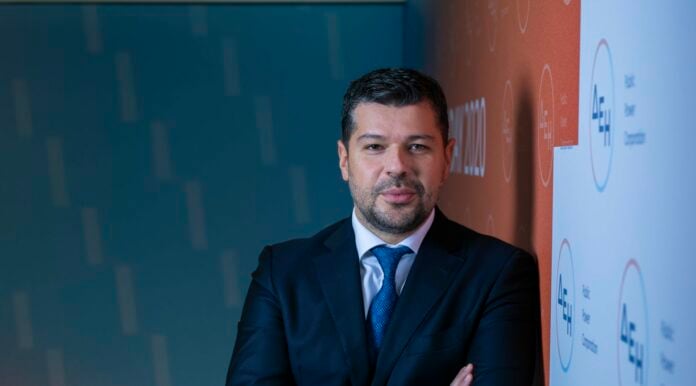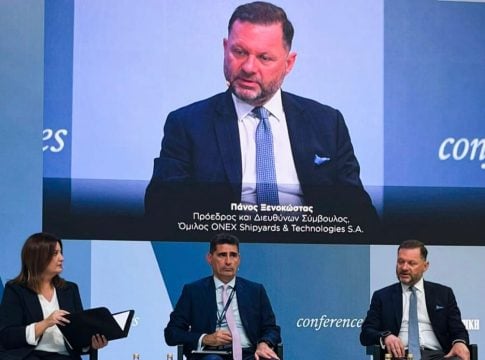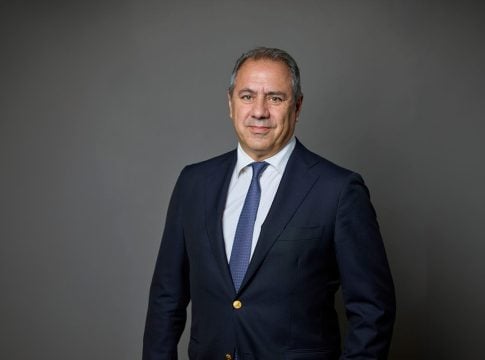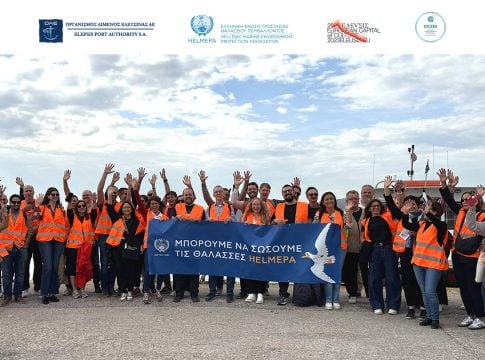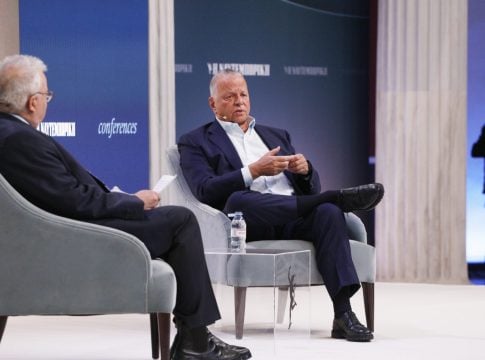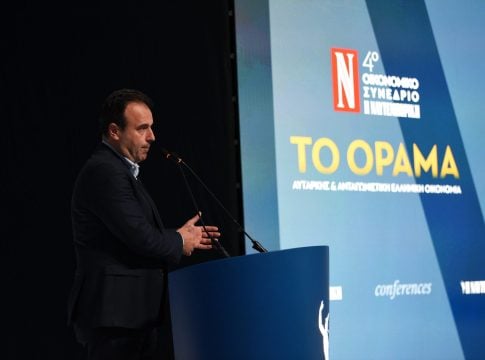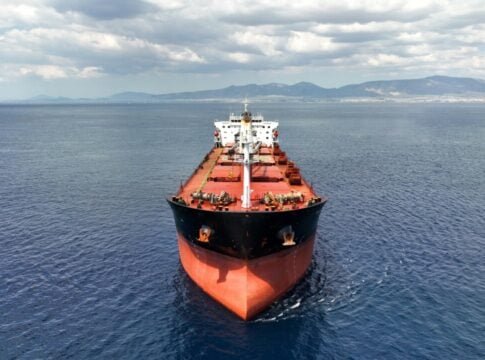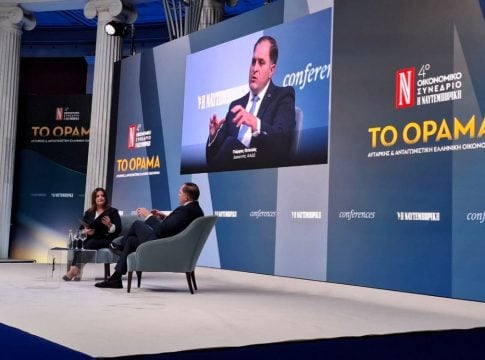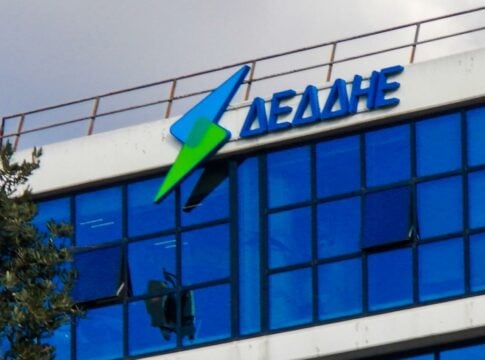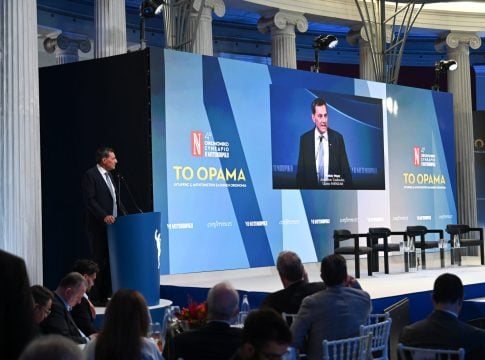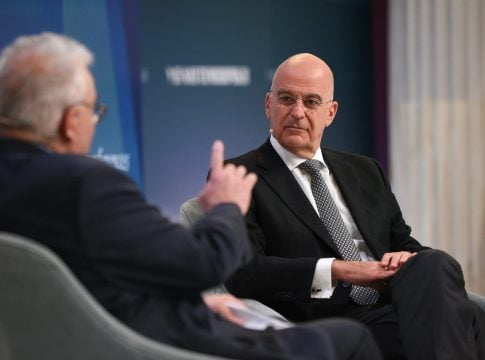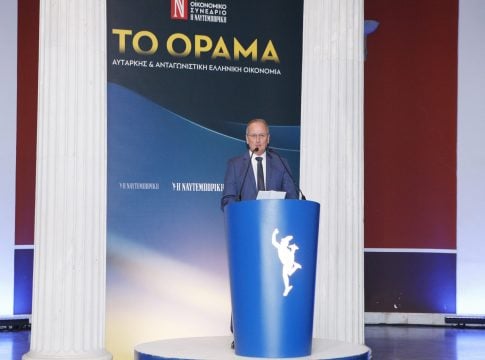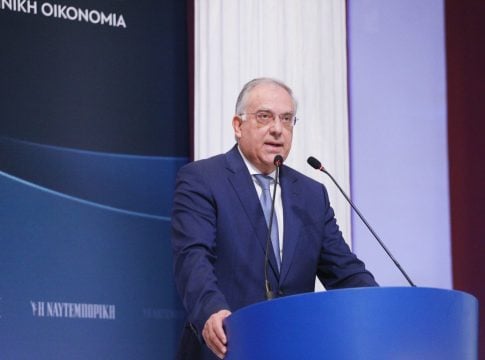“We have markets that are operating efficiently and giving the right signals. We need dynamic (not unpredictable) regulation to de-risk and invest in infrastructure. And we definitely need a capital markets union. The most powerful weapon in our hands is unity in Europe and we must make the most of it,” the president and CEO of PPC George Stassis said speaking at the Bloomberg NEF Summit in London.
Dynamic regulation of the markets, unification of the capital markets and acceleration of the development of the networks are the three priorities set by Stassis.
Regarding possible changes in the framework governing energy markets, Stassis underlined:
“Network development is lagging behind. And it takes about 5 to 10 years to develop the transit network—sometimes more than 10 years, according to the IEA, for rapid transit lines. We have to be smart and proactive. This means a dynamic and coordinated Europe-wide regulatory approach to our network investments.”
“We need to accelerate even more”
As he said, realizing a clean, competitive energy transition is key to Europe’s overall competitiveness and to a sustainable world. In general, he added, “I would say we are moving faster towards our goal, but we need to accelerate even more.”
Referring to the PPC group, he emphasized that it is doing its duty as “our evolution in the last five years is the definition of the energy transition and security of supply.”
“The fastest lignite phase-out plan”
“In terms of production, we have completely reshaped our portfolio. We are carrying out the fastest lignite phase-out plan by 2026, while at the same time developing clean energy very quickly. We are on track to add 4.3GW of new clean energy across SE Europe by 2026 by doubling the size of our portfolio and then with our strong pipeline to triple it by 2030.
Europe does not have cheap natural gas. But what we have is significant availability of solar and wind resources that are also complementary. And that was part of our thinking behind our big expansion in Romania. Romania has large wind resources and Greece has large solar resources. By combining them we create an energy corridor in SE Europe and provide value to our consumers through green and affordable electricity and products, while reducing dependence on fossil fuels.
And it is not just Romania. There is great potential in the countries of our region as they move forward with their plans for decarbonization.”


